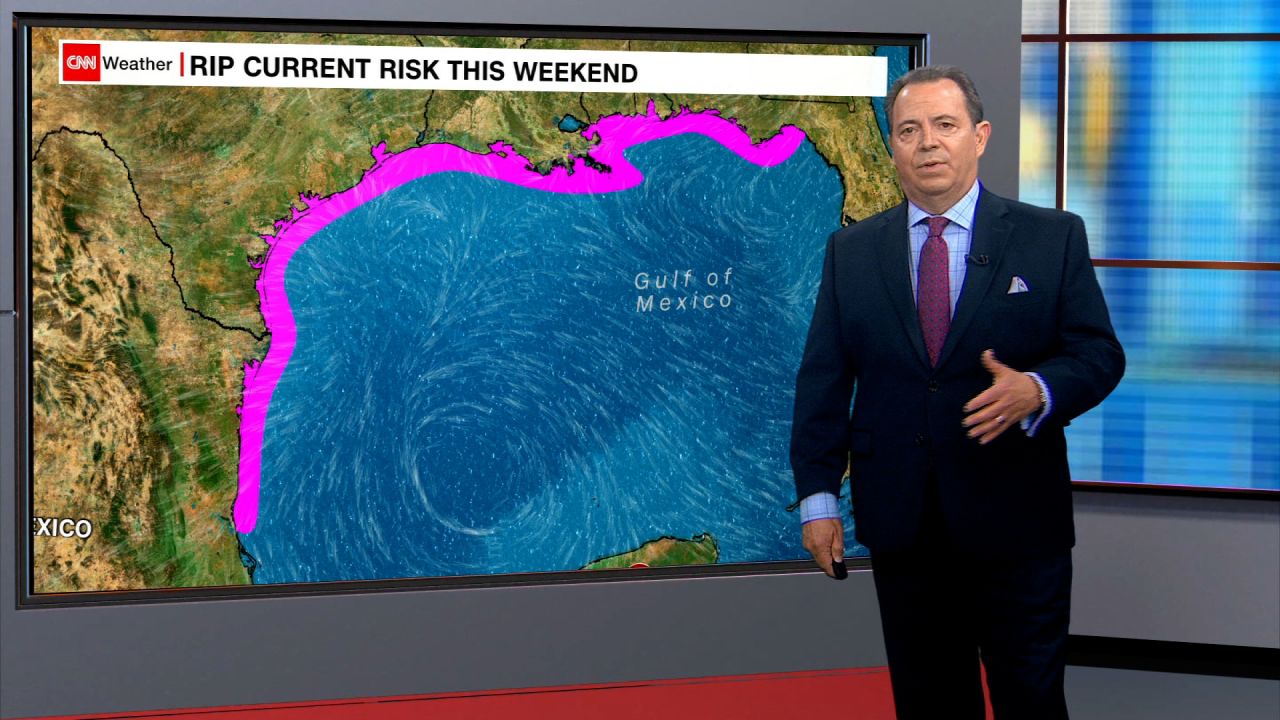Forecasters have predicted that 2024’s Atlantic hurricane season, which runs from June through the end of November, will be busier than usual.
In April, the Colorado State University Tropical Meteorology Project predicted an “extremely active” hurricane season, forecasting 23 named storms, including 11 hurricanes, five of them major.
In May, the Climate Prediction Center at the National Oceanic and Atmospheric Administration forecasted an 85% chance for an above-normal season. It predicted a 70% chance of having 17 to 25 named storms, of which eight to 13 could develop into hurricanes, including four to seven major hurricanes.
Here’s what to know about these destructive storms:
What are hurricanes? The National Weather Service defines a hurricane as a “tropical cyclone with maximum sustained winds of 74 mph (64 knots) or higher.”
How are hurricanes rated? Hurricanes are rated according to the intensity of sustained winds on the Saffir-Simpson Hurricane Wind Scale. The 1-5 scale estimates potential property damage.
A Category 3 or higher is considered a major hurricane.
How are storms named? A developing weather system gets a name when its winds reach 39 mph, making it a tropical storm.
There have already been three named storms — tropical storms Alberto and Chris, each of which hit Mexico in June, and now Hurricane Beryl, the earliest Category 5 Atlantic hurricane on record.
Where are Atlantic hurricanes? These storms affect areas in the Atlantic Ocean, the Gulf of Mexico and the Caribbean Sea.





















